News Blog
Latest News From Our Volunteers in Nepal
VOLUNTEER COMMUNITY CARE CLINICS IN NEPAL
Nepal remains one of the poorest countries in the world and has been plagued with political unrest and military conflict for the past decade. In 2015, a pair of major earthquakes devastated this small and fragile country.
Since 2008, the Acupuncture Relief Project has provided over 300,000 treatments to patients living in rural villages outside of Kathmandu Nepal. Our efforts include the treatment of patients living without access to modern medical care as well as people suffering from extreme poverty, substance abuse and social disfranchisement.
Common conditions include musculoskeletal pain, digestive pain, hypertension, diabetes, stroke rehabilitation, uterine prolapse, asthma, and recovery from tuberculosis treatment, typhoid fever, and surgery.
FEATURED CASE STUDIES
Rheumatoid Arthritis +
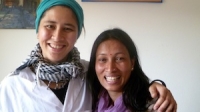
35-year-old female presents with multiple bilateral joint pain beginning 18 months previously and had received a diagnosis of…
Autism Spectrum Disorder +
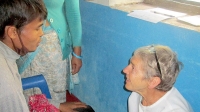
20-year-old male patient presents with decreased mental capacity, which his mother states has been present since birth. He…
Spinal Trauma Sequelae with Osteoarthritis of Right Knee +
60-year-old female presents with spinal trauma sequela consisting of constant mid- to high grade pain and restricted flexion…
Chronic Vomiting +
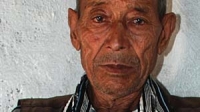
80-year-old male presents with vomiting 20 minutes after each meal for 2 years. At the time of initial…
COMPASSION CONNECT : DOCUMENTARY SERIES
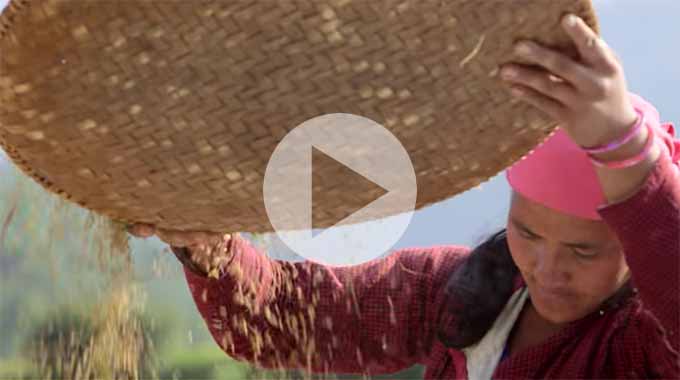
Episode 1
Rural Primary Care
In the aftermath of the 2015 Gorkha Earthquake, this episode explores the challenges of providing basic medical access for people living in rural areas.
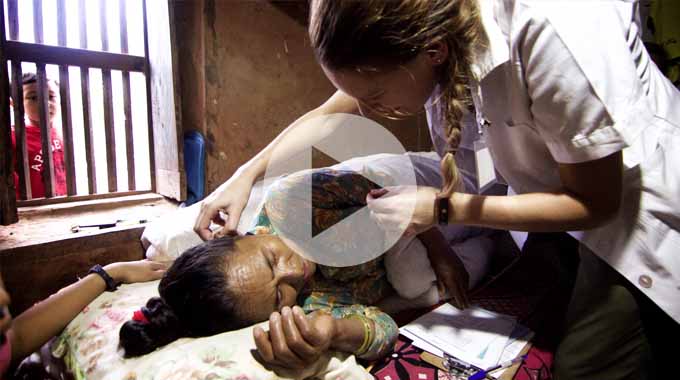
Episode 2
Integrated Medicine
Acupuncture Relief Project tackles complicated medical cases through accurate assessment and the cooperation of both governmental and non-governmental agencies.
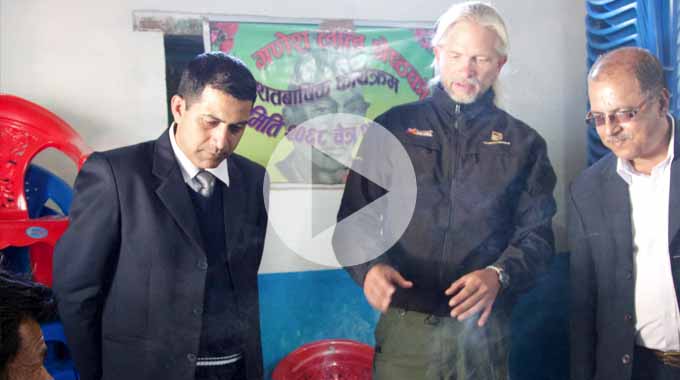
Episode 3
Working With The Government
Cooperation with the local government yields a unique opportunities to establish a new integrated medicine outpost in Bajra Barahi, Makawanpur, Nepal.
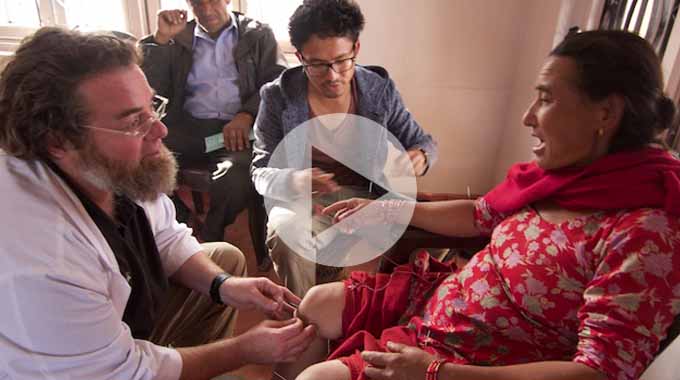
Episode 4
Case Management
Complicated medical cases require extraordinary effort. This episode follows 4-year-old Sushmita in her battle with tuberculosis.
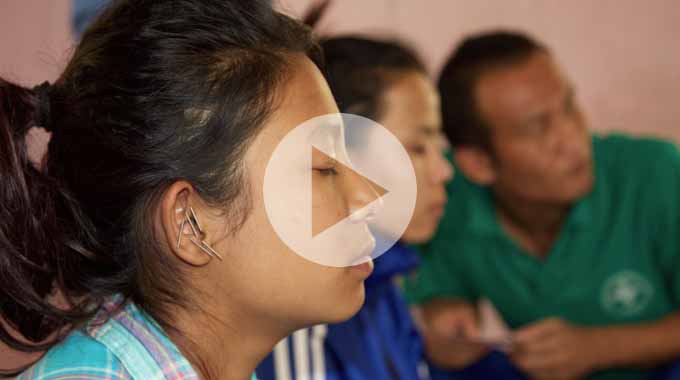
Episode 5
Sober Recovery
Drug and alcohol abuse is a constant issue in both rural and urban areas of Nepal. Local customs and few treatment facilities prove difficult obstacles.
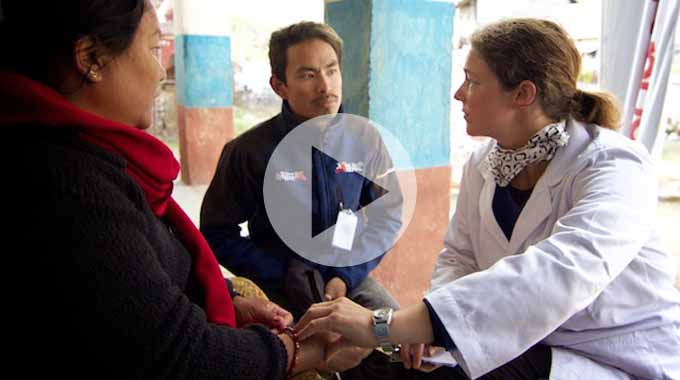
Episode 6
The Interpreters
Interpreters help make a critical connection between patients and practitioners. This episode explores the people that make our medicine possible and what it takes to do the job.
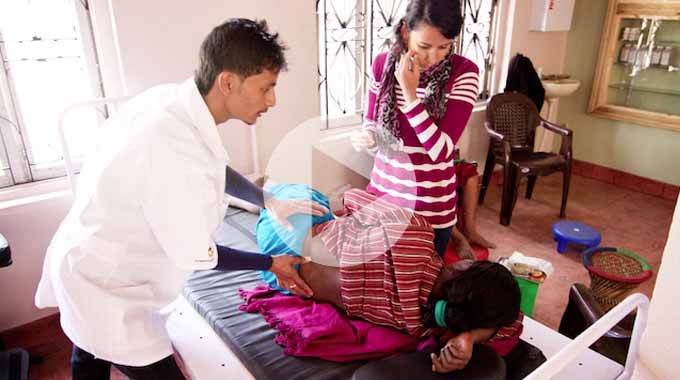
Episode 7
Future Doctors of Nepal
This episode looks at the people and the process of creating a new generation of Nepali rural health providers.
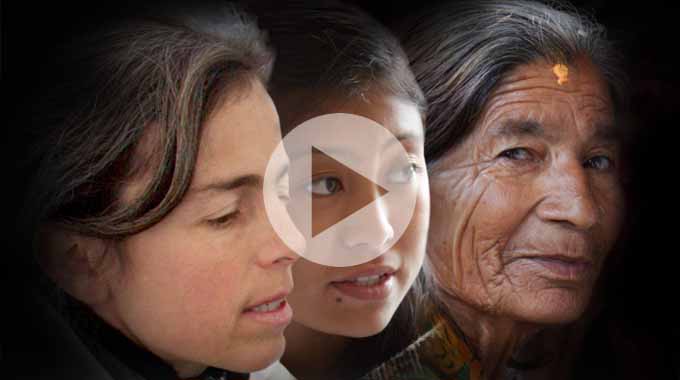
Compassion Connects
2012 Pilot Episode
In this 2011, documentary, Film-maker Tristan Stoch successfully illustrates many of the complexities of providing primary medical care in a third world environment.
From Our Blog
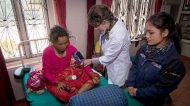
- Details
- By Sugandhi Jordan
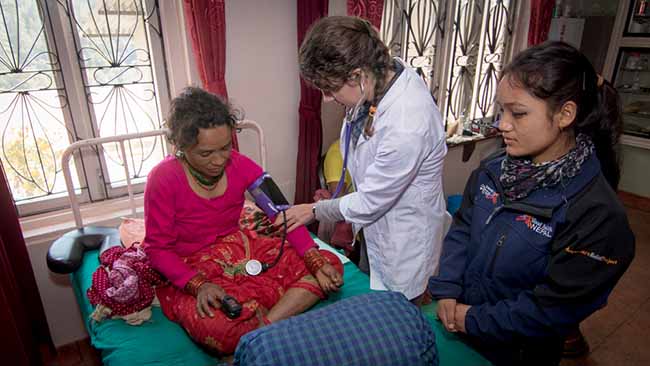
In the foothills of the Himalayas, Bhajra Barahi is made up of steep hills, the slopes of which have been terraced for farming. These plots of rice, cauliflower, mustard, squash, corn and radish cascade down toward the deep valleys with houses dotted all along the way. The main Bazaar of town has a busy road with busses and trucks rumbling through, but within a short distance the roads stops. Many homes and communities and their surrounding farmlands are accessible only by foot. Narrow foot-paths or rock walk-ways traverse through the forest and fields between the terraces. These paths are frequented by women carrying huge baskets resting on their backs and strapped over their foreheads that are full of vegetables, grass for animal feed, or wood from the forest that they will use for cooking fires.
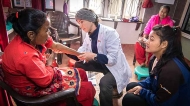
- Details
- By Sugandhi Jordan
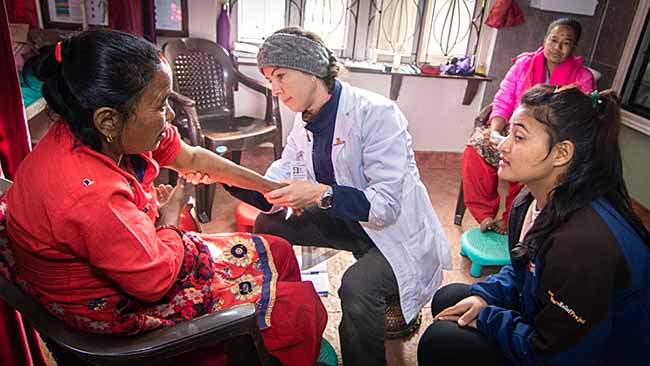
When we open the clinic doors at 8:30, there are usually already a handful of patients waiting outside in the crisp morning air. Patients arrive throughout the day. There are no fixed appointment times. Locals are encouraged to come in the afternoon so that patients who have to travel further can come in the morning and have time to get home before dark. If its busy, they may wait up to a few hours. The Nepali interpreters call out the names of patients and show them in. You never know what story or problem is going to present itself that day. At this point in the camp, the majority of patients are returning and on a treatment plan, but new patients filter in each day. The following is just a brief peek of the people I have the pleasure of treating on any given day.

- Details
- By Andrew Schlabach
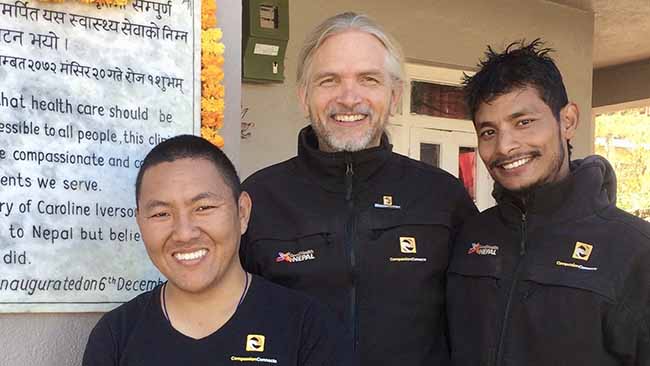
The day started like most days, a brisk late-autumn morning with a light frost on the ground and clear blue skies. A breakfast of churra (beaten dried rice), chickpeas and a boiled egg. Together the team is talking over a patient case regarding an eighty year old woman that we had visited the day before. She lives in a remote village within our catchment area and we heard from her brother (one of our patients) that she is blind and is having breathing difficulties. Collectively we agreed that we should have a look at her, so we dispatched one of our volunteer practitioners and an interpreter on a motorbike. They returned after several hours to report just how remote her house actually was and that she was in poor condition with weakening vital signs. Today we decide that we should dispatch an ambulance out to her and see if we can get her to a regional hospital. This is where the day started to go sideways.
Our Mission
Acupuncture Relief Project, Inc. is a volunteer-based, 501(c)3 non-profit organization (Tax ID: 26-3335265). Our mission is to provide free medical support to those affected by poverty, conflict or disaster while offering an educationally meaningful experience to influence the professional development and personal growth of compassionate medical practitioners.
